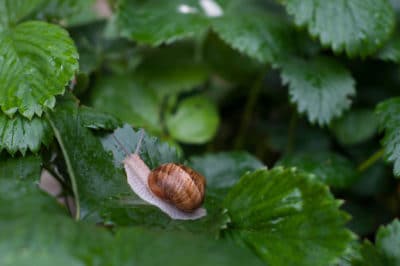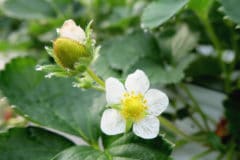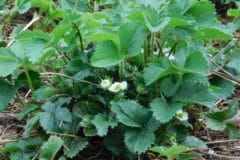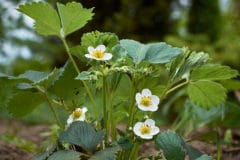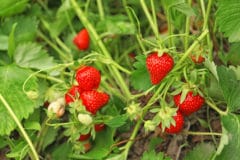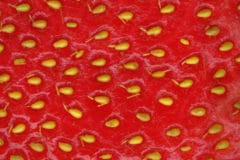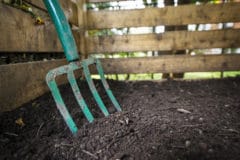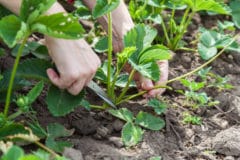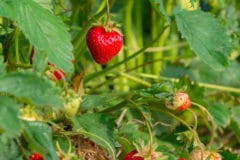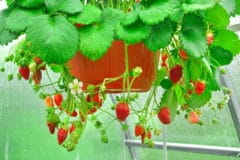An Overview
While there are more than 200 potential insect enemies, only a small number of that group are most likely to affect strawberries. They may be flying pests, like thrips and fruit flies, or crawlers like slugs. Strategies to deal with them include companion planting, repellent sprays, hand-picking, row covers, diatomaceous earth and organic insecticides. Combination strategies are often most effective.
Direct vs. Indirect Injury
Some insect pests damage the berries directly by eating them. Among these are slugs and fruit flies. The latter are attracted primarily to very ripe fruit. Strawberry bud weevils eat the developing flower buds, which decreases the crop. Larvae of the strawberry crown borer tunnel into the plant’s crown, which can weaken or even kill the plant.
Most Common Strawberry Insect Pests
While strawberries can be grown in USDA Zones 3 through 11, insect pests vary by location. However, these four are the most common in almost any area:
- Slugs – look for small, deep holes in the fruits, usually under the cap.
- Strawberry Bud Weevils – a problem in early spring; buds will fail to open, hang limply or fall off.
- Tarnished Plant Bug – these feed on seeds and cause misshapen fruit.
- Spittle Bugs – look for bubbles; these feed on stems and suck juices. Plants are damaged but not killed.
Dealing With Insect Pests
Different pests require different strategies. You can hand-pick slugs or lay traps by putting a board or citrus rind on the ground at night. Check each morning and kill the slugs. For strawberry bud weevils, remove infested buds and spray the plants with insecticidal soap. Insecticidal soap may also work on tarnished plant bugs. For spittle bugs, hand picking is the best strategy.
General Garden Practices
General garden sanitation is one of the best ways to keep down destructive insect populations. Many insect pests overwinter in garden debris, mulch or similar hiding places. Each fall, perform a general clean-up. It’s also important to monitor your plants carefully – use control strategies as soon as you see signs of damage or infestation – those pesky bugs can reproduce fast.
Keep Plants Healthy
Strawberry plants, like most of those in the garden, can withstand insect and disease attack much better if they are healthy. Grow them on fertile soil that drains well and has an acid pH of 5.5 to 6.0. Provide adequate water during the growing season. Most strawberries do better with a balanced 10-10-10 fertilizer applied at least once a month during the growing season. Companion plants like sage, onions and thyme may help.
